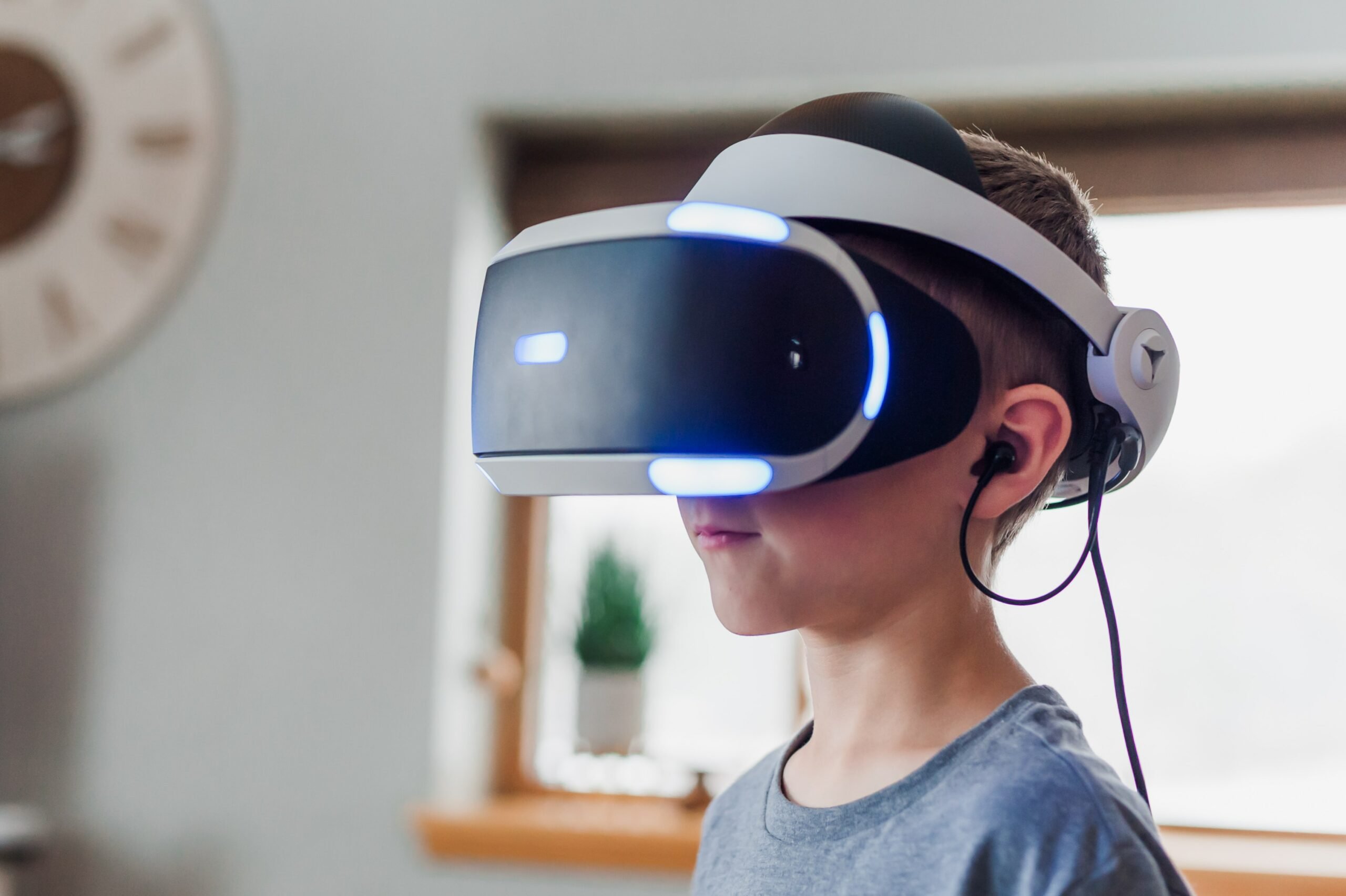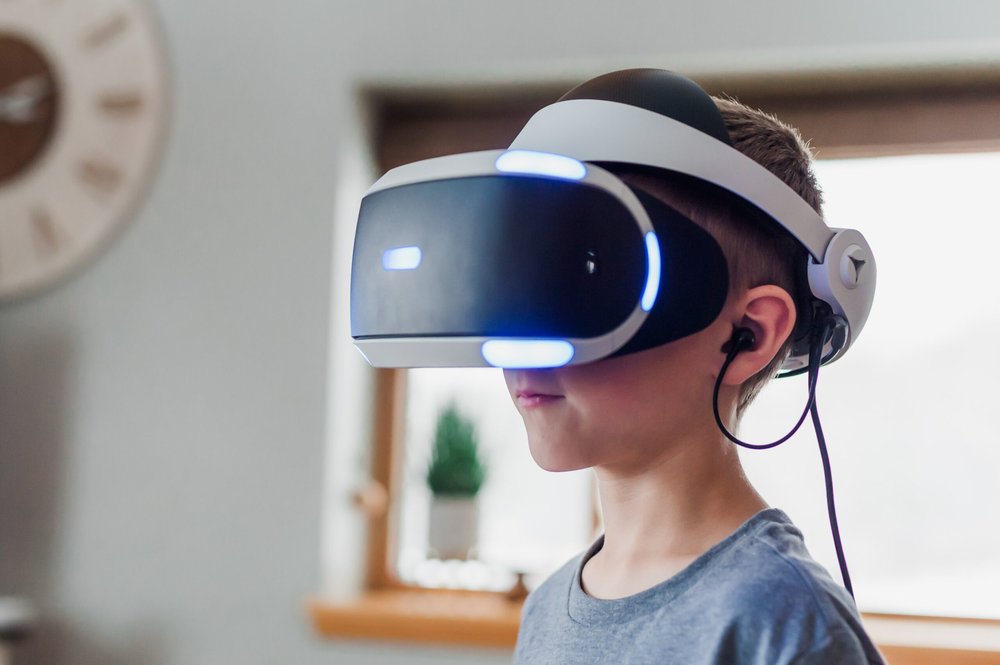



In the past, architecture was imagined through photographs in magazines. A single image was enough to spark a vision. Today, that way of seeing has multiplied. Clients arrive with dozens of references saved on their phones, while architects work with 3D models, artificial intelligence, and augmented reality. Design now moves between what exists and what could exist. In this new landscape, it’s not just the way we design that’s changing, but also the way we think and use our creativity.
AI: A Tool, Not a Shortcut
Artificial intelligence has begun to enter architectural processes, but the way we’re using it is still partial. Too often, it’s used to speed things up when it could help us slow down and reflect. AI is useful for researching references, generating design alternatives, identifying the potential of an existing structure, or envisioning a new one. It can show us possibilities before they exist, simulate solutions, and give us clearer insight.But AI cannot replace design sensitivity. Architecture is, first and foremost, made of gravity, material, and human relationships. More than half of our work is grounded in physical reality and in a client who often doesn’t know exactly what they want but knows what they like. It’s in that in-between space that our role remains essential: to understand, interpret, and guide. AI can support us, but it cannot replace us.
Augmented Reality and Renders: Inhabiting the Image
If AI helps us think, augmented reality helps us tell the story. It helps explain a project when it’s still only an idea. For the client, who often isn’t familiar with spatial reasoning, being able to virtually walk through a house that doesn’t yet exist is key to understanding the choices being made. For the architect, it’s a tool that demands precision, because everything, even the smallest detail, must already be decided.In this sense, the render becomes a kind of storytelling. It helps guide the eye and emphasize what we want to convey: light, materials, atmosphere. A good virtual tour is valuable not only during presentation but also in the early stages, when the internal coherence of the project is still taking shape.
The Future Is a Field to Be Expanded
Digital technologies are no longer optional. They are concrete, evolving tools that have become essential. But using them requires vision and method. We are only at the beginning of a deeper analysis and of a more conscious awareness of their use. We need to move beyond purely operational use and explore their critical potential: using AI to analyze energy efficiency, predict how environments behave, and optimize natural resources.
This is exactly the kind of perspective offered by the upcoming Venice Architecture Biennale, taking place from May 10 to November 23, 2025. Curated by Carlo Ratti, it will be titled “Intelligens. Naturale. Artificiale. Collettiva.” The title is a Latin neologism that combines intelligens (intelligence) with gens (people), inviting us to rethink intelligence not as something exclusive to humans or machines, but as something shared among human beings, natural systems, and digital technologies.
More than 750 participants and 300 projects will explore new approaches to design, ethics, computational intelligence, and sustainability. Installations, predictive simulations, and living labs will offer a glimpse into how we might design and inhabit this planet in the coming decades.As we often say, it’s not just about aesthetics or innovation. It’s about relationships: with the environment, with time, and with others.
For those working in architecture today, the Biennale is a powerful opportunity to broaden the field of reflection, to step out of automatic patterns, and to engage with a forward-looking vision. Even in an increasingly digital world, the challenge remains the same: to transform complexity into spaces that truly work for the people who will live in them. To help people feel good, through beauty and comfort.
